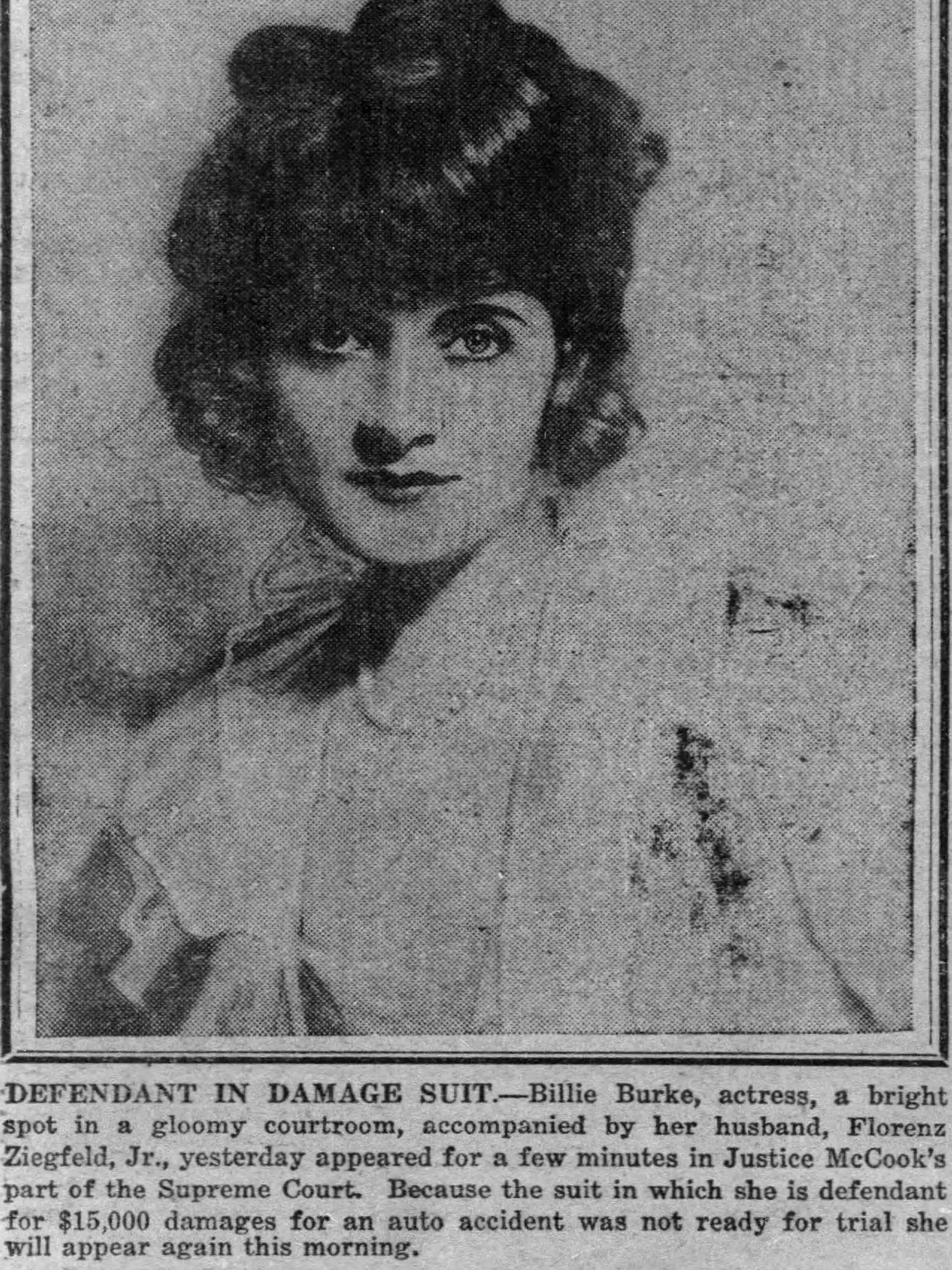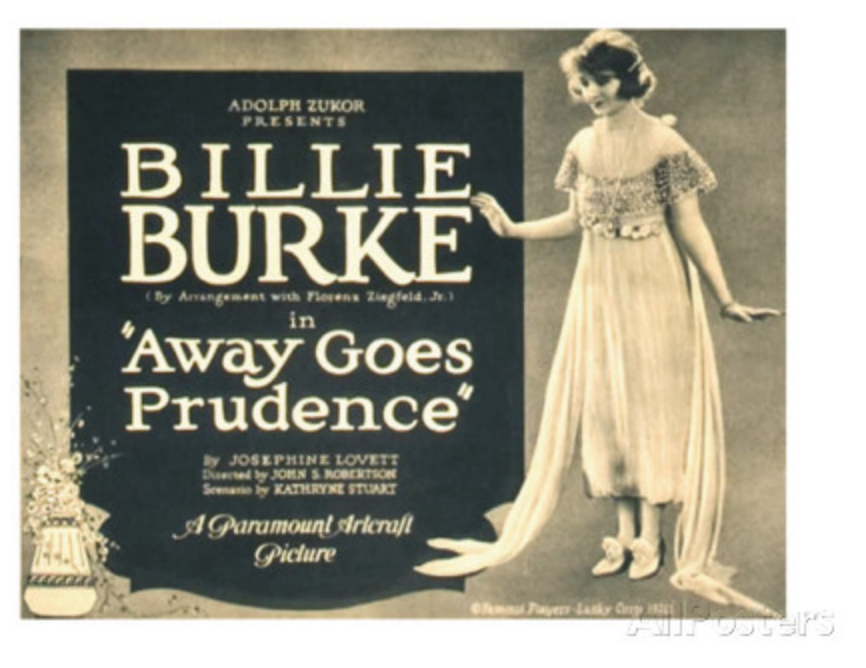Billie Burke, 1920 Style
One hundred years ago today … Billie Burke was so popular that a style of garment was named for her, as evidenced by this Macy's advertisement for nightgowns that appeared June 17, 1920.
The Evening World 17 June 1920, p. 7. Newspapers.com.
This was despite the fact that 1920 had already been a year in which Burke’s reputation had taken several hits. She had started the year playing the lead in Caesar's Wife, the performance that Dorothy Parker reviewed so devastatingly in Vanity Fair that Burke and her producer/husband Florenz Ziegfeld complained to Conde Nast, who had Parker fired. (See our post of January 11 and also Jonathan Goldman's article here.)
Burke plants a hint in her autobiography that the fallout from Caesar's Wife spurred her to retreat from New York City in favor of the suburban estate she shared with Ziegfeld: “I began to spend more time at Burkely Crest … my star flickered” (201).
Burke publicity photo. Daily News 18 May 1920, p. 21. Newspapers.com.
In April 1920, Burke appeared in Manhattan civil court to defend herself in a lawsuit stemming from an automobile accident involving a car she had owned. This landed her on the front page of the News.
Daily News, 8 April 1920, p. 1. Newspapers.com.
She was cleared of liability.
The Macy’s advertisement above was not a fluke. Throughout 1920, Burke's name routinely appeared alongside skirts, pajamas, house dresses, etc., such as in this advertisement for a March 11 anniversary sale at Rothenberg’s on West 14th Street.
The Evening World, 10 March 1920, p. 19. Newspapers.com.
Burke’s stage credentials had been established years earlier. She made her name in the early 1910s with productions in London and New York such as The “Mind the Paint” Girl (1912), for which Jerome Kern contributed a song written for her character. After her 1914 marriage to Ziegfeld, she began receiving offers of cinema parts, and, starting with 1915’s Peggy, she became one of the most popular silent film actresses, starring in over a dozen films, including hits such as Let’s Get a Divorce (1918, with Anita Loos credited as co-writer). In late 1919, she made a ballyhooed return to the stage with Caesar’s Wife (and her fame was such that her New Year’s Eve presence was publicized by the just-opened Roseland Ballroom).
Likely a lobby card for Away Goes Prudence (Dir. John Robertson). Internet Movie Database.
Later in 1920 she would return to cinema work, starring in Away Goes Prudence and The Frisky Mrs. Johnson. Of course, Burke is best known today for a part she played two decades later–Glinda, the Good Witch in The Wizard of Oz (1939)–which shows the longevity of her career.
Source/further reading:
Burke, Billie. With a Feather on my Nose. New York: Appleton-Century-Crofts, 1948.
WRITTEN BY JONATHAN GOLDMAN, JUNE 17, 2020.
TAGS: Billie Burke, theater, cinema, clothing, advertising, Macy’s, Rothenberg’s, lawsuit, court





